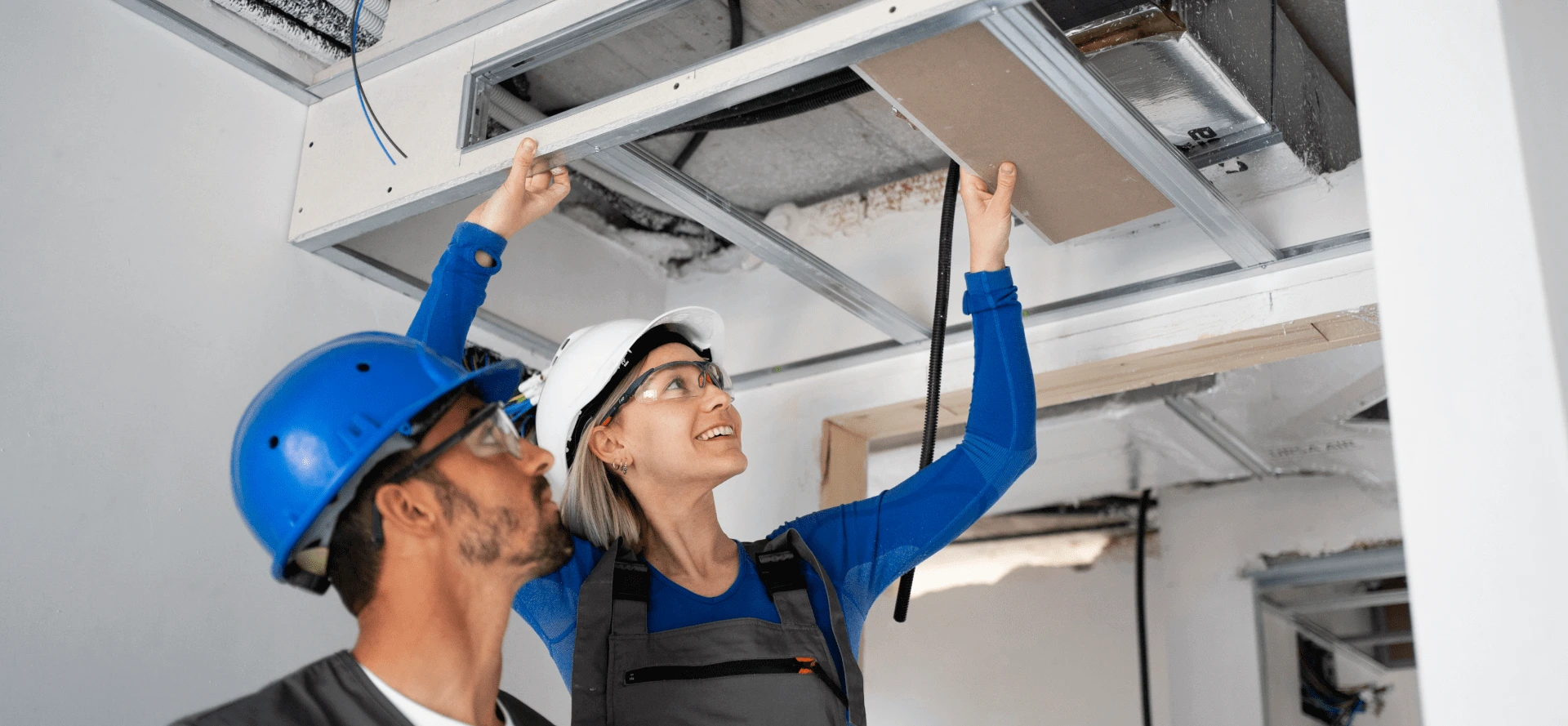
Ventilation plays a crucial role in maintaining indoor air quality and comfort in Port St. Lucie, Florida, where residents rely on air conditioning systems to combat the region’s hot and humid climate. While air conditioning provides effective cooling, proper ventilation is essential for replenishing oxygen levels, removing indoor pollutants, and promoting a healthy living environment. In this blog post, we’ll delve into the dynamics of ventilation in Port St. Lucie’s air conditioning systems and its importance for indoor comfort and air quality.
The Role of Ventilation
Ventilation involves the exchange of indoor air with fresh outdoor air to improve indoor air quality and ensure a steady supply of oxygen. In Port St. Lucie, where indoor air quality can be affected by factors such as humidity, mold, and volatile organic compounds (VOCs), proper ventilation is essential for maintaining a healthy and comfortable living environment. Ventilation helps dilute indoor pollutants, remove excess moisture, and prevent the buildup of harmful contaminants, allergens, and odors.
Types of Ventilation Systems
There are various types of ventilation systems commonly used in Port St. Lucie’s air conditioning systems, including:
- Natural Ventilation: Natural ventilation relies on passive airflow through windows, doors, and vents to introduce fresh outdoor air into the home and exhaust stale indoor air. While natural ventilation is effective for providing occasional fresh air exchange, it may be limited by factors such as weather conditions and outdoor air quality.
- Mechanical Ventilation: Mechanical ventilation systems use fans or blowers to actively circulate and exchange indoor and outdoor air. These systems can be either exhaust-only, supply-only, or balanced, depending on the method of air exchange and distribution. Mechanical ventilation systems are more controllable and efficient than natural ventilation and are commonly integrated into modern air conditioning systems.
- Heat Recovery Ventilation (HRV) and Energy Recovery Ventilation (ERV): HRV and ERV systems are advanced ventilation technologies that recover heat or energy from outgoing air to precondition incoming air. These systems help improve energy efficiency by reducing the energy required to heat or cool incoming air while providing fresh air exchange and ventilation.
Benefits of Ventilation
Proper ventilation offers several benefits for homeowners in Port St. Lucie, including:
- Improved Indoor Air Quality: Ventilation helps remove indoor pollutants, allergens, and contaminants, improving indoor air quality and promoting a healthier living environment.
- Reduced Humidity Levels: Ventilation helps remove excess moisture from indoor air, preventing mold and mildew growth and reducing the risk of respiratory issues and structural damage.
- Enhanced Comfort: Ventilation helps maintain comfortable indoor temperatures and humidity levels, reducing the need for excessive air conditioning usage and promoting a more pleasant living environment.
Conclusion
Ventilation is a critical component of air conditioning systems in Port St. Lucie, Florida, ensuring optimal indoor air quality, comfort, and health for residents. By understanding the dynamics of ventilation and its importance for indoor air quality, homeowners can make informed decisions about their air conditioning systems and implement strategies to promote a healthy and comfortable living environment. Consulting with a qualified HVAC professional can provide valuable guidance and recommendations tailored to individual ventilation needs and preferences.